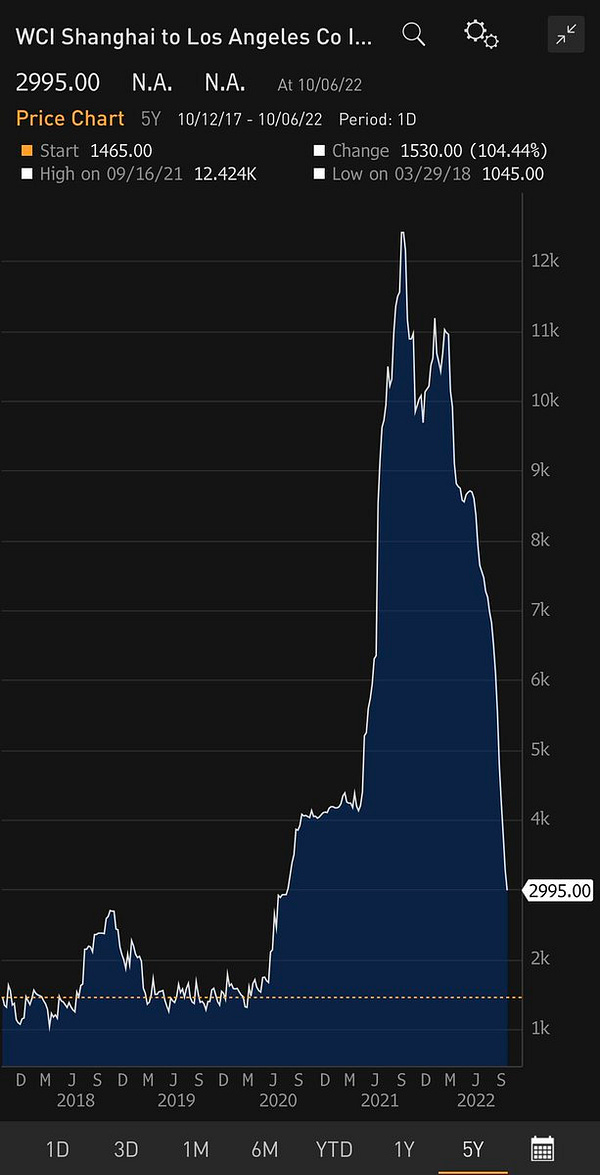In Theory...
... but in practice...
Trading and investing are a minefield where a lot of things sound plausible in theory but blowup in practice.
Take long volatility/tail hedging for example. Who wouldn’t want “crisis alpha”? A strategy that keeps your portfolio afloat when everything else sinks? Sign me up! But as this excellent thread by @breakingthemark points out, there is a mile-wide gulf between promise and reality, and it may not be worthwhile for most investors.
The second one is “deep-value” investing. Take Magic Formula, for example. I’ve argued before that always-long value portfolios tend to get adversely selected during bull markets and hence suffer deep drawdowns when markets turn. Also, there is a long list of these “formulas” that nobody has been able to replicate independently.

And even when you do have a robust back-test, you simply may not be able to execute. This is especially true in option strategies where the cost of crossing the spread kills whatever alpha you unearthed.
Actual market returns > forward test > back-test > academic paper.
Markets this Week
US markets tanked on Friday on a strong jobs report that locks-in a 75bps hike by the Fed next month. The OPEC also did its part to push the global economy over the cliff. The US Dollar continued its ascent.
Links
Industries with good economics generally are made up of businesses who have raised prices for decades. Conversely, in industries with bad economics, incumbents constantly wage price wars to steal market share.

~
Light at the end of the tunnel for inflation and rate hikes in the US?







~
Under new export controls announced on Friday, semiconductors made with US technology for use in AI, high performance computing and supercomputers can only be sold to China with an export licence — which will be very difficult to obtain. Moreover, Washington is barring US citizens or entities from working with Chinese chip producers except with specific approval. The package also strictly limits the export to China of chip manufacturing tools and technology China could use to develop its own equipment. “To put it mildly, [Chinese companies] are basically going back to the Stone Age,” said Szeho Ng, Managing Director at China Renaissance.
China’s chip industry set for deep pain from US export controls (FT)
~
China has bigger problems.
The problem facing China is one that the German American economist Albert Hirschman described many decades ago. All rapid growth is unbalanced growth, Hirschman noted, and a successful development model is one in which unbalanced growth addresses and reverses the existing imbalances in the economy. But as these are reversed and the economy develops, the model becomes increasingly irrelevant to the original set of imbalances and eventually begins to create a very different set of problems.
Unfortunately, Hirschman noted, it is difficult to abandon a successful development model. Its very success tends to generate a set of deeply embedded political, business, financial, and cultural institutions based on the continuance of the model, and there is likely to be strong institutional and political opposition to any substantial reversal.
~

~
Pray for a warm European winter.











